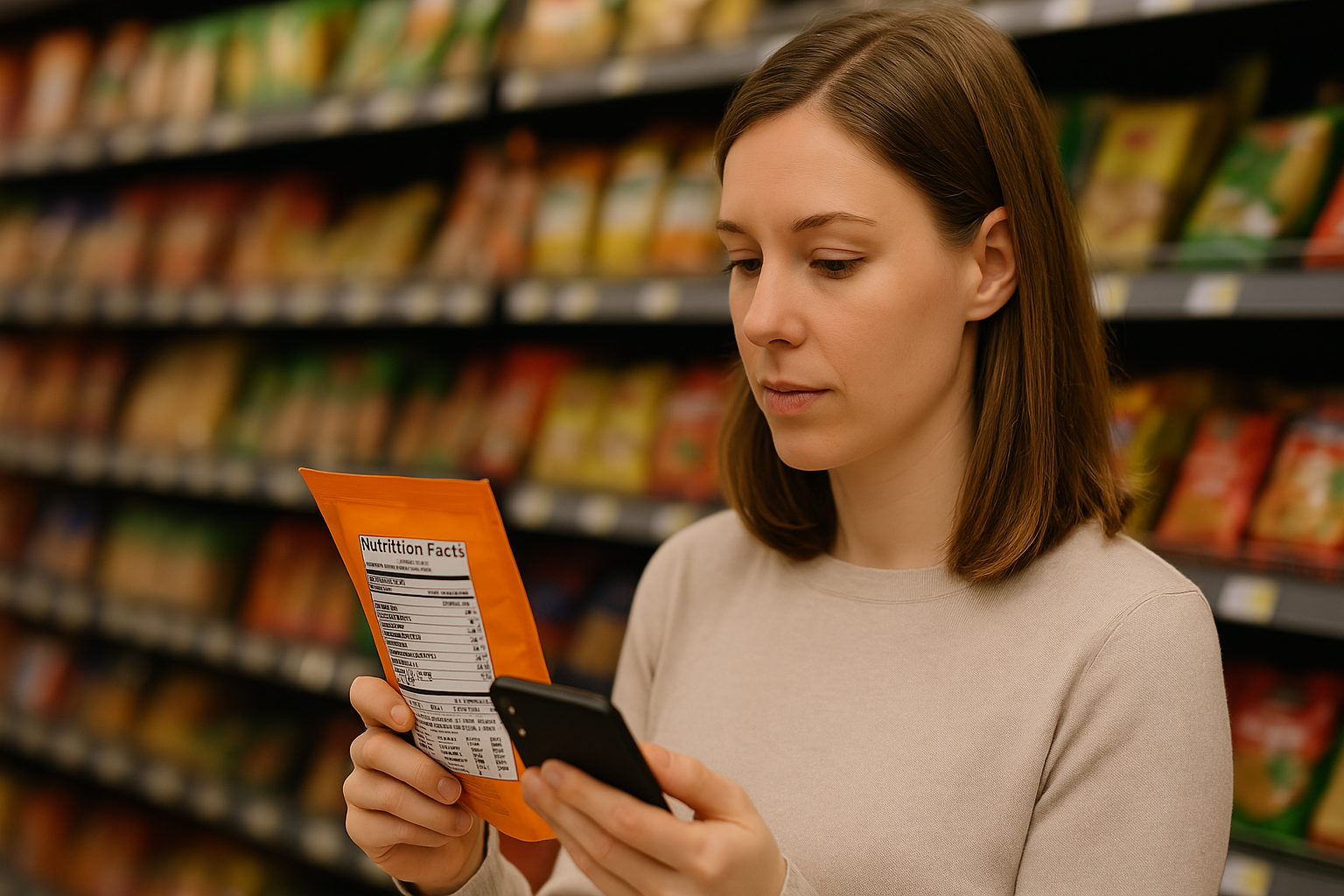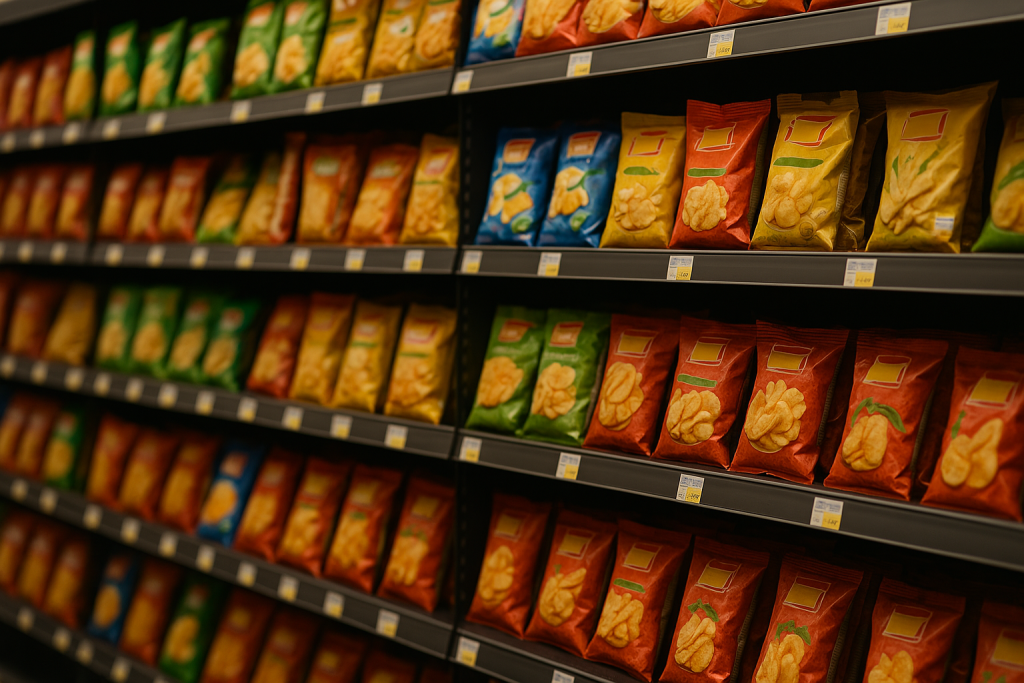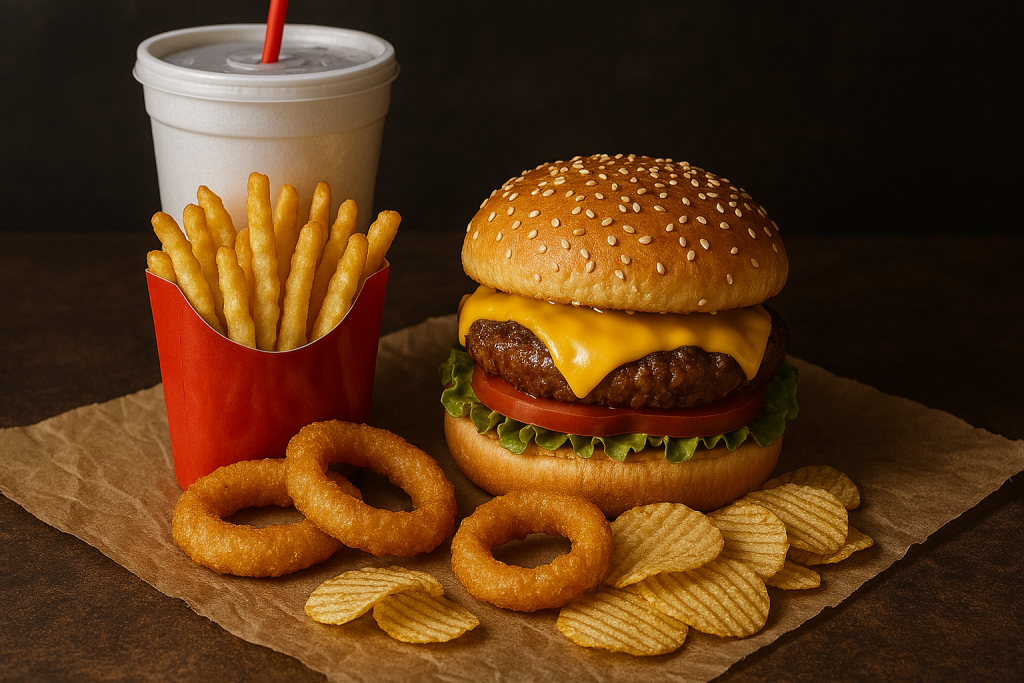Physical Address
304 North Cardinal St.
Dorchester Center, MA 02124
Physical Address
304 North Cardinal St.
Dorchester Center, MA 02124


Food Label Red Flags in 2025 | How to Spot Unhealthy Processed Foods
Learn how to decode misleading food labels. Discover the top red flags to avoid in processed foods, including hidden sugars, fake health claims, and confusing ingredients.
In 2025, shoppers are more health-conscious than ever—but food companies are getting sneakier with their marketing. With clever packaging, health halos, and buzzwords like “natural” or “immune-boosting,” many processed foods appear healthier than they really are. Unfortunately, labels can be deceptive, often masking hidden sugars, additives, or low-nutrient fillers.
Whether you’re trying to lose weight, manage a health condition, or simply eat clean, understanding how to read and interpret food labels is a crucial skill. In this blog post, we’ll walk you through the most common red flags to look out for and how to avoid falling into the processed food trap.
If the front of the box says things like:
…it doesn’t necessarily mean it’s healthy.
Many processed foods compensate for “low fat” by adding more sugar or sodium. Terms like “immune support” or “fortified” often mask poor-quality ingredients with a few synthetic vitamins added to boost the appeal.
TIP: Always turn the package around and look at the ingredient list and nutrition label. The front is marketing. The back is the truth.

The longer the ingredient list, the more likely it is that you’re eating something ultra-processed.
Many of these additives have been linked to potential long-term health concerns. Even if they’re considered “safe in small amounts,” eating multiple ultra-processed foods per day can lead to cumulative effects.

Sugar goes by over 60 different names on food labels, making it one of the most deceptive ingredients.
Even in products marketed as “low sugar” or “natural,” sugar may be hidden in plain sight. Excess sugar consumption is linked to obesity, insulin resistance, inflammation, and mood disorders.
Pro tip: If sugar (in any form) is one of the first 3 ingredients, skip it.
Low-calorie foods may sound appealing, especially for weight loss. But many are loaded with artificial sweeteners, gums, and thickeners to maintain taste and texture.
Your body may not register artificial sweeteners the same way as real food, leading to increased hunger, cravings, or digestive issues. Plus, these low-cal options are often nutrient-poor—you save calories but sacrifice quality.
Fiber is essential for digestion and blood sugar balance, but not all fiber is created equal.

While these ingredients can bump up the fiber count on the label, they’re not always well tolerated and don’t offer the same gut benefits as natural fiber from vegetables, whole grains, and legumes.
Certain terms on food packaging have no official definition or regulation. Be wary of:
The FDA doesn’t regulate these terms strictly, so they can be used on processed foods that are anything but natural or wholesome. It’s all about marketing psychology, not real nutrition.

One sneaky trick food companies use? Shrinking the serving size to make their product look healthier.
A soda might claim “100 calories per serving”—but the bottle contains 2.5 servings. Suddenly, your quick drink is 250 calories and loaded with 50g of sugar.
Always check serving size vs. total servings per package. Multiply accordingly to know what you’re really consuming.
Some foods, especially sugary cereals and processed juices, are labeled “fortified” with vitamins like D, B12, or iron.
These nutrients are often added in synthetic, low-quality forms, and the base product (usually sugar-heavy) is still unhealthy. You’re better off getting these vitamins from whole foods or trusted supplements.
